

A new face in the UK sales team!
Louis Wilmot joined Pi at the beginning of January 2022 to provide sales and applications support to Pi’s customers in the South, South West, Midlands, North West of England and
Part of a range of controllers, the CRONOS® is the little brother of the CRIUS®4.0. The CRONOS® is a high quality, low cost transmitter designed to give water treatment engineers everything that they need from a transmitter and nothing that they don’t. With no frills, costs can be kept to a minimum whilst optional communications packages allow Profibus, Modbus ASCII, Modbus RTU, Modbus TCP, 4-20mA analogue outputs, and relays for alarms and control.
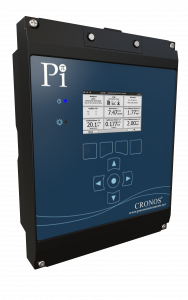

The CRONOS® has the capability to control up to two sensors of any type with appropriate analogue outputs and relays. Equipped with optional PID control, the CRONOS® is very able to control complex water treatment processes at a fraction of the cost of other controllers.
The CRONOS® is often used in applications where the remote access capability of the CRIUS®4.0 is not required. This doesn’t mean that a CRONOS® doesn’t have the capability of control!
With full PID control, the CRONOS® is often used in application areas such as:Up to 2 analogue outputs and 8 relay outputs.
Focus Ons are a series of short articles distributed by email providing technical information regarding instrumentation, process measurement in potable, waste, process and pool waters. If you would like to join the mailing list, please contact us.
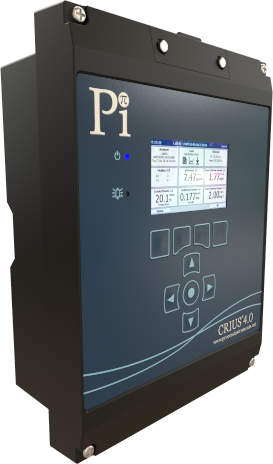

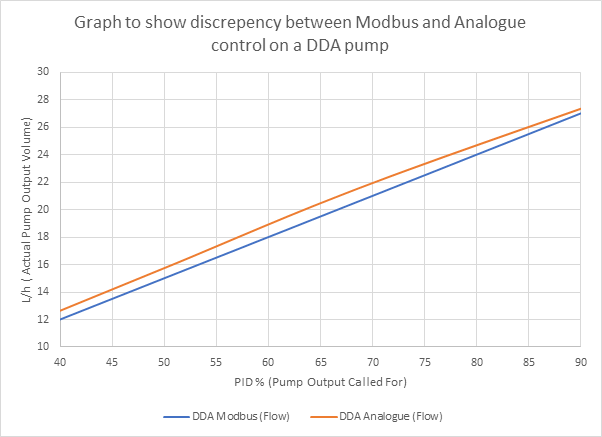

Process Instruments supply CRIUS®4.0 and CRONOS® controllers with sensors for many single parameter systems like chlorine and pH but did you know that…
…Pi’s CRIUS®4.0 and CRONOS® controllers both allow the connection of multiple sensors?
…Pi’s multi-parameter systems can save you space onsite, are easy to use and have a number of communications options available?
…Pi’s CoagSense coagulation controller is a multi-parameter system that is now a key part of Pi’s product range?
An example of one of Pi’s most in demand multi-parameter analyser combines a CRIUS®4.0 with a TurbSense® turbidity meter, a pHSense pH meter, a ConductiSense conductivity meter and a UV254Sense UVA analyser with a temperature sensor on raw water systems. These have proven to be very popular in applications where companies and local authorities are looking to save on installation time, space and upfront costs.


The CRIUS®4.0 is equipped with the capability to connect up to four sensors of any type with appropriate analogue outputs and relays. If four isn’t enough, don’t worry. The CRIUS®4.0 can connect up to sixteen sensors by adding expansion boxes where needed, all using the same display and communications.
Equipped with data-logging as standard and multiple PID loops as options, the CRIUS®4.0 is a cost effective alternative to multiple single sensor analysers, reducing cost while maintaining the highest quality.
Optional communications packages allow Profibus, Modbus ASCII, Modbus RTU, Modbus TCP, 4-20mA analogue outputs, and relays for alarms and control.
Customers requiring a no-frills controller should consider the CRONOS® controller.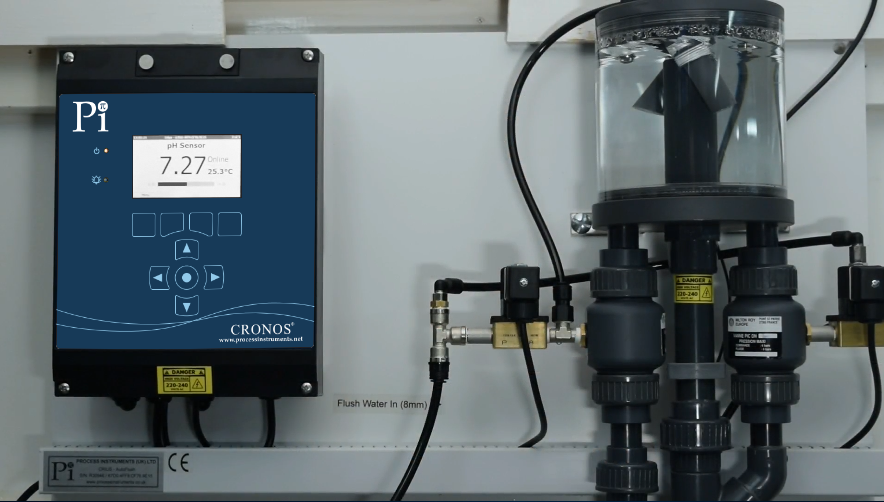

The CRONOS® has the capability to control up to two sensors of any type with appropriate analogue outputs and relays. Equipped with optional PID control, the CRONOS® is very able to control complex water treatment processes at a fraction of the cost of other controllers.
Finding space is becoming a real problem for installation engineers across many sites at the moment. As water supply companies are looking for more and more information and regulation increases, this has resulted in more and more instrumentation being installed. Most water treatment plants have limited wall space and finding room for new instruments is a real challenge. Both of Pi’s instrument controllers as multi-parameter analysers are solutions to this problem.
With simple ‘plug & play’ inputs and outputs, intuitive display and button control, and with an individual manual configured to be the same as your analyser, the CRIUS®4.0 and CRONOS® make setup and ongoing use, simple and easy.
Modbus and Profibus communications are available which further cut down on wiring costs and PLC, SCADA input costs.
Pi’s remote access allows the user to connect their CRIUS®4.0 through their local network (LAN) or a 3G/4G mobile network connection. This connection allows the user to have full control of their analyser from any computer, tablet or mobile phone.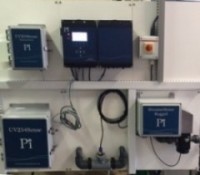

The CoagSense coagulation controller combines a StreamerSense streaming current sensor, a UV254Sense UV analyser and a pHSense pH sensor to automatically control pH adjustment of the raw water and also the coagulant dosing in water treatment plants. A TurbSense® turbidity meter can also be added if required.
The controller has revolutionised the industry where one controller can now monitor and automatically control your dosing pumps by sending a flow proportional signal direct to the dosing pumps, or to the plant’s SCADA. Previously, all of this had to be done by a PLC or a SCADA system which involved getting a specialist programmer on site and increased costs. Now there is a controller that does all of this in an affordable manner.
Process Instruments (Pi) are increasingly seeing water engineers and technicians relying on their PLC’s PID auto-tune feature. Many are becoming frustrated that the auto-tuners are unreliable when it comes to water processes. Sometimes the auto-tuned PID settings work, but then something changes in the process and the PID control no longer functions correctly.
In this Focus On, Pi aims to outline how PID auto-tuners work and why they are often unsuitable for complex water treatment processes. We also give a brief introduction to some of the principles of tuning a PID manually.
Did you know that…
…auto-tuners are not effective at tuning processes with long loop times?
…the CRONOS® and CRIUS®4.0 have many built-in PID safety features to make control easier and safer?
…PID loops can often be tuned remotely, meaning huge savings on site visits and travel time?
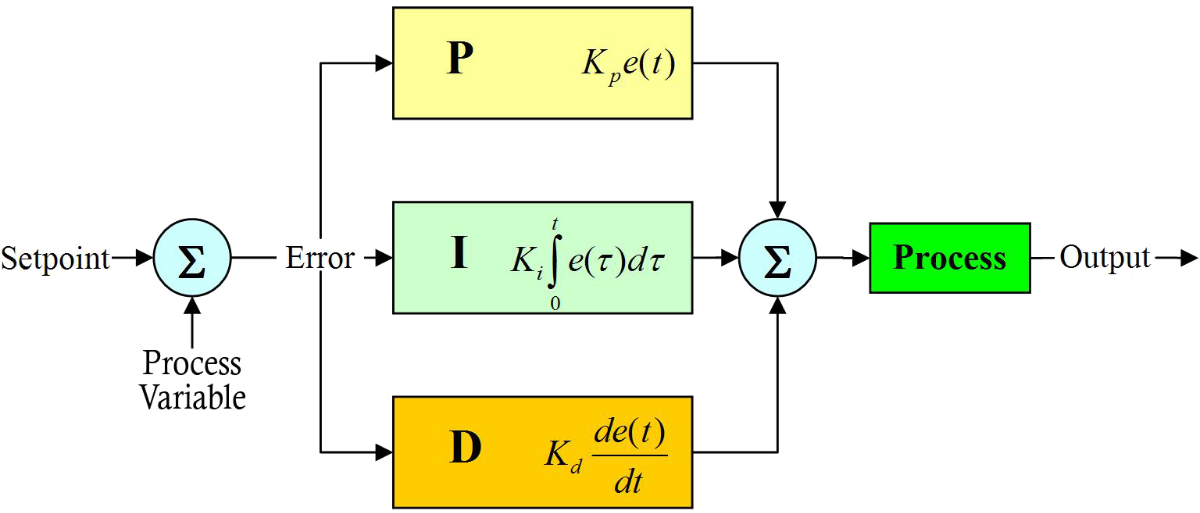

A Proportional – Integral – Derivative (PID) controller is a control loop feedback mechanism widely used in industrial control systems. PID controllers allow a system to continuously and automatically modulate a control mechanism (e.g. a dosing pump, a valve, motor speed), to attempt to achieve a desired setpoint.
There are a myriad of ways that a PID controller can be ‘tuned’. In a very basic PID controller, the operator can choose how much of their control should be based on P, I and D. In reality, D is almost never required in water processes due to the nature of the control loop.
This is generally what ‘auto-tuners’ undertake. They make small changes to the ratio between P, I and D control, track the response, decide if the change is good or bad, and then change again.
So what the auto-tuner is doing is changing, measuring, and changing again; which can work perfectly on processes with a very short loop time (time between a change and a response from the system), the auto-tune making many changes in a short amount of time. The changes cumulate into a ‘tuned’ PID system.
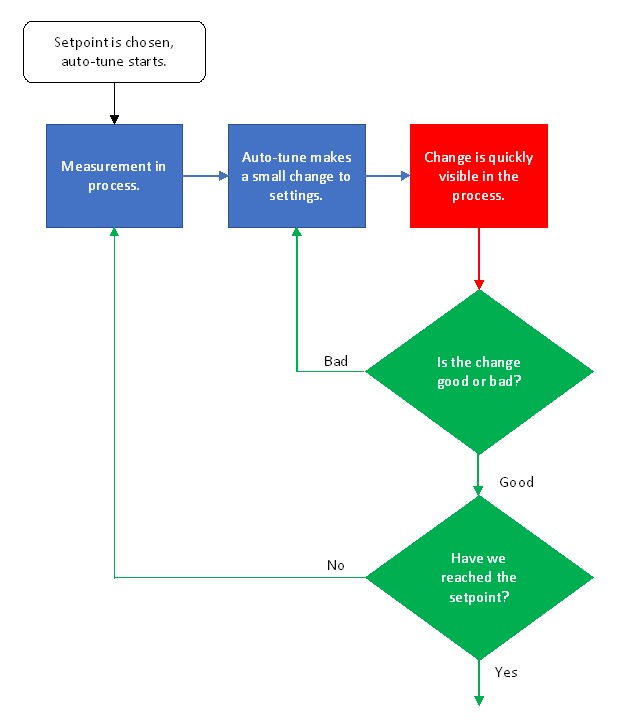

On the right is an example system of a PID auto-tune.
In the diagram, we can see that for the system to work, the box in red is a crucial part of the process. If the change brought on by the PID auto-tuner isn’t visible quickly enough, it may affect the way the auto-tuner categorises the change (good or bad), or won’t give the auto-tune the opportunity to make enough iterative changes to bring a complex water system under control.
There is good news for water technicians and engineers and that is that Pi are here to help. All our salespeople are application specialists and are all capable of helping you manually tune a PID controller for your processes. Our CRONOS® and CRIUS®4.0 controllers are both capable of delivering excellent control in many processes, and have many built-in PID features to help make your process more controlled, robust and safe.


In many ways, the auto-tuners mimic plant engineers making adjustments and tuning their PID settings. They simply lack 2 key components;
With this in mind, here is how our engineers approach PID tuning on our instruments;
Once you have the basic P and I ratio sorted, or if you are unable to get the P and I into control, it is worth considering these additional settings which will help make your control scheme more robust and safer.


Even armed with all this knowledge, PID tuning can be a bit of a dark art. What works on one site may not work on another and even experienced engineers sometimes call us for help.
One of the ways we can help is using our remote access system InSite. Our Remote Access portal (Control InSite) allows people with the appropriate security clearance to make changes to settings and observe measurements from their desk.
Sales Manager, Dr. Rob Paramore, recently described his experience of changing a customer’s PID settings (at their request), whilst talking them through what he was doing on the phone:


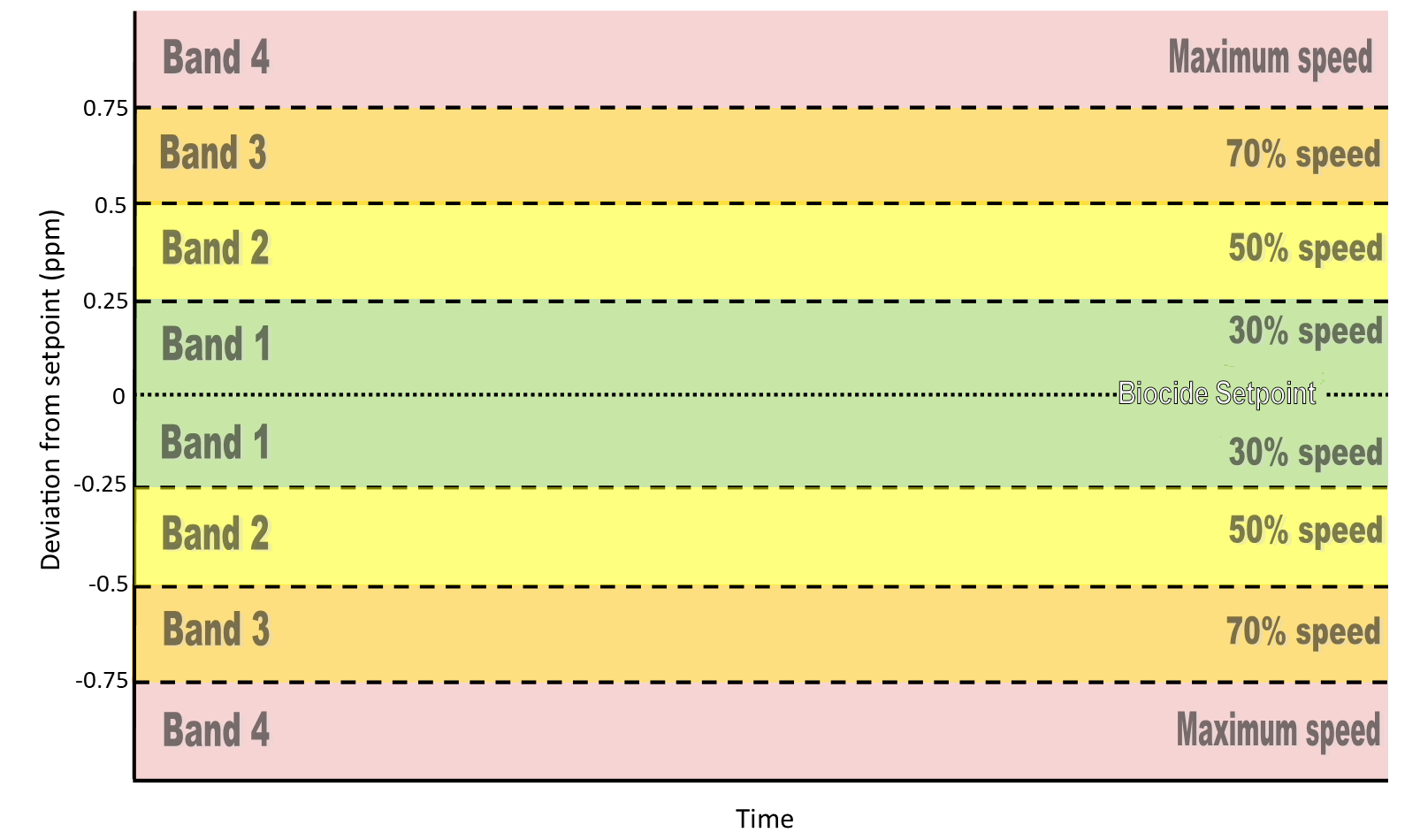

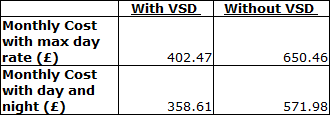













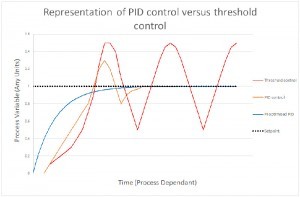



| Document | Type | Size |
|---|---|---|
| CRONOS® | Brochure | 656kB |
| How To Specify a Pi Analyser | Technical Note | 815kB |
| CRONOS® and CRIUS®4.0 Control Options | Technical Note | 608kB |
| PID Control | Technical Note | 710kB |
| VSD Control to Reduce Swimming Pool Electricity Bills | Technical Note | 665kB |






Click on the following for help
> Help with your application
> Technical help with your Analyser
> Help choosing a product


Louis Wilmot joined Pi at the beginning of January 2022 to provide sales and applications support to Pi’s customers in the South, South West, Midlands, North West of England and
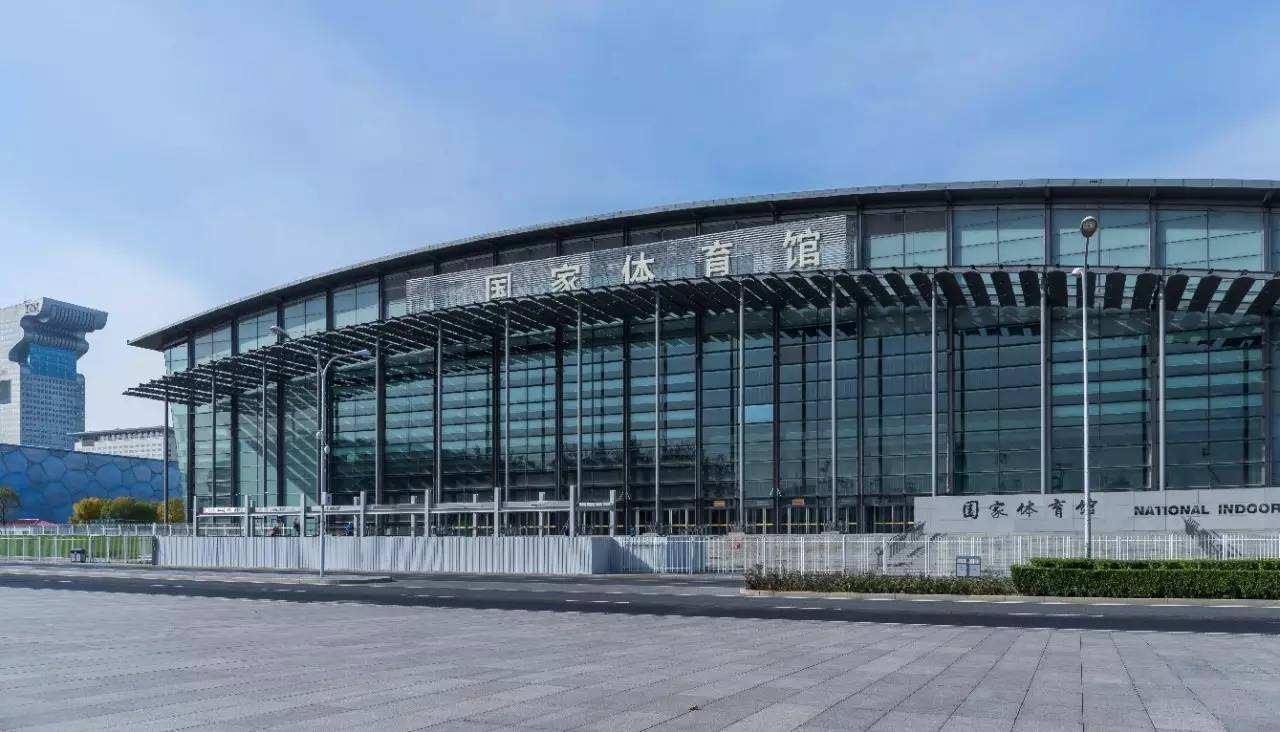

Pi’s representatives in China have completed installation of two recirculating cooling water systems at the China National Indoor Stadium, one of the venues hosting the ice hockey tournament at the
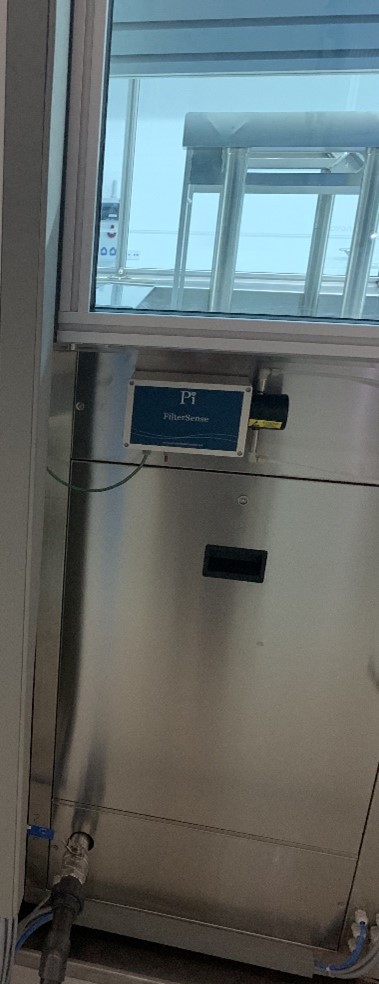

The FilterSense particle counter from Pi was chosen by Novatec Srl to be integrated as part of a microscope washing system. The microscope components manufacturer approached Novatec Srl requesting that


Norwegian companies continue to innovate in many industries such as aquaculture and wastewater treatment, and Pi’s distributor has recently been exploring ways in which Pi’s technology can be applied to
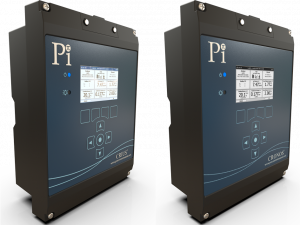

Pi passes another milestone In April, Process Instruments shipped their 4000th Version 3 controller and their 8000th controller since the company launched. In January 2017, Pi launched Version 3 of










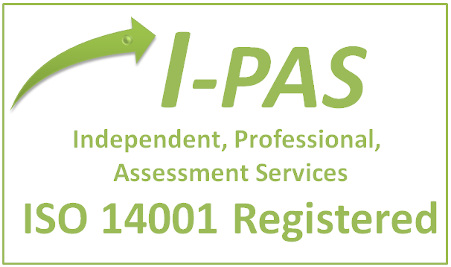





Subscribe to receive technical and applications information in the following categories: